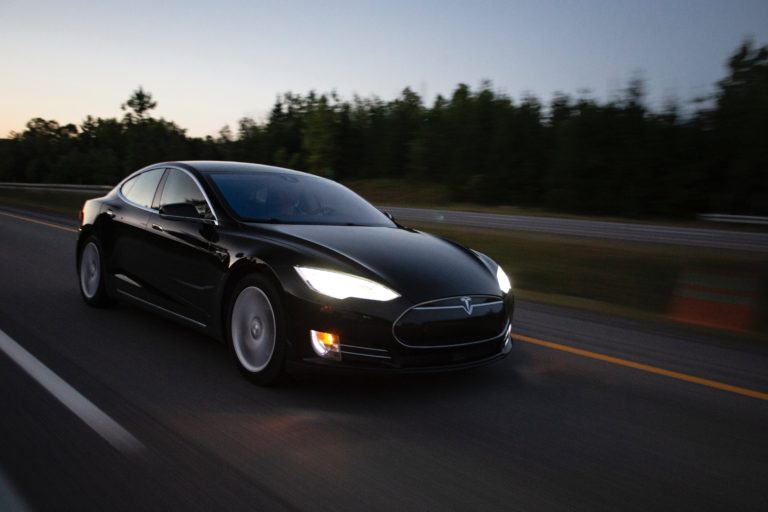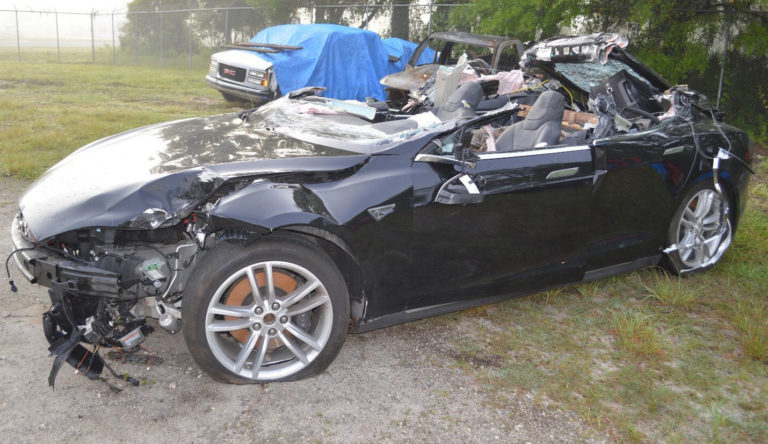If you were injured in a traffic collision that occurred because of a self-driving car or because of any autonomous vehicle feature, our law firm can help.
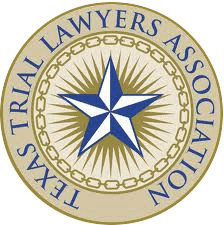
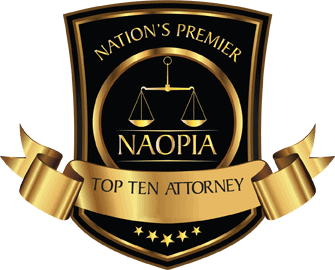
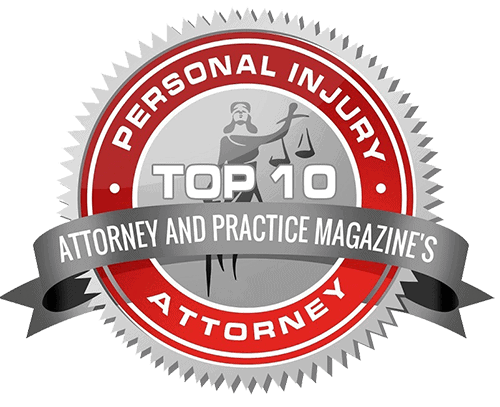



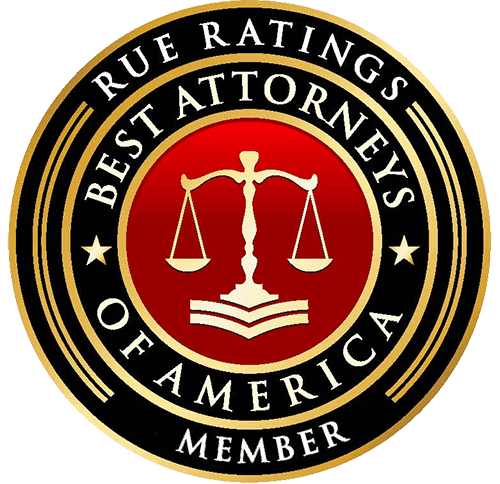






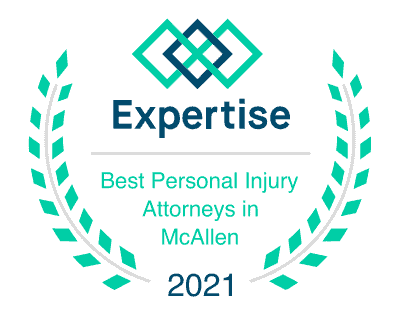
How You Know It’s Time to Call an Experienced Texas Autonomous Vehicle Accident Lawyer
- Were you or a loved one seriously injured or killed in or by an automobile manufactured after 2014?
- Were you or a loved one hurt or killed in an automobile that was in self driving or autonomous mode when the crash occurred?
- Was the accident caused by the failure of an autonomous or self driving feature?
- Could the accident have potentially been prevented if the automobile had had a crash avoidance technology or if the crash avoidance technology had worked properly?
- Unsure if the accident was caused by the failure of crash avoidance technology or the failure to have equipped the automobile with a crash avoidance technology?
- Is vital evidence that proves your case at risk of being lost, wasting away, or destroyed?
- Not sure how to get health care or how your medical bills are going to get paid?
- Does the legal system seem complicated, overwhelming or tilted against you?
- Are you afraid you might get taken advantage of?
If you answered yes to any of these questions, it’s time to give us a call and talk to an experienced automotive products liability attorney. The call is free. We know what it feels like to feel frustrated, confused, and uncertain about you and your family’s future. You don’t have to feel overwhelmed or like a victim. Regain control. Stand up for you and your family. Put us to work for you.
What are Crash Avoidance Technologies and Autonomous Vehicles?
There are two broad categories of “Robot Cars:” automobiles equipped with “crash avoidance technologies” and “autonomous vehicles.” Crash avoidance technologies is an industry phrase used to describe components within an automobile that are designed to work together as a system without direct human interaction to avoid crashes. The guts of these systems are sensors, cameras, radars, and computers that collect data, process the data based on preprogrammed algorithms, and, in turn, make choices that make the automobile take particular actions. Distilled to their essence, these systems monitor, and depending on their level of autonomy, also control the automobile’s acceleration, braking, and steering. Autonomous vehicles are automobiles that perform all of the functions of that human driver would perform without human input.
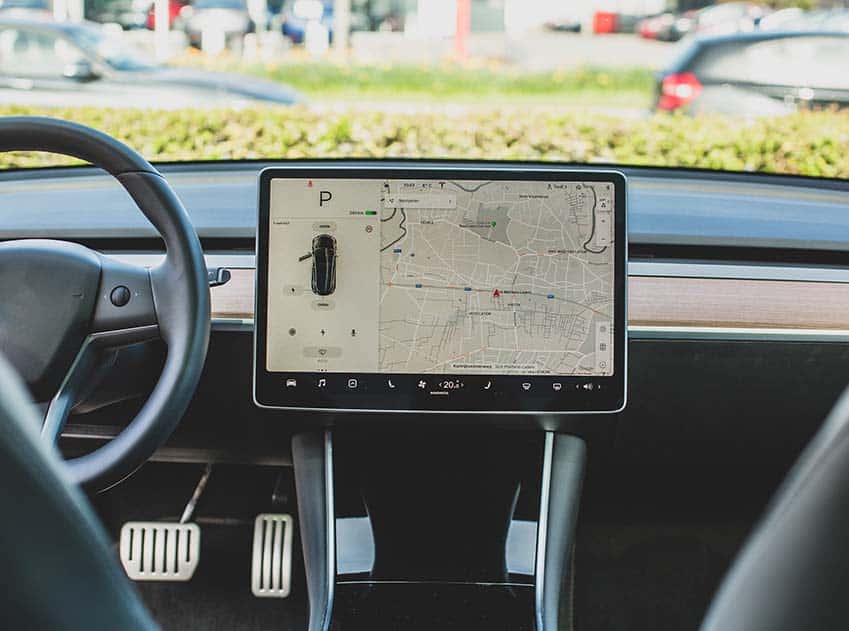
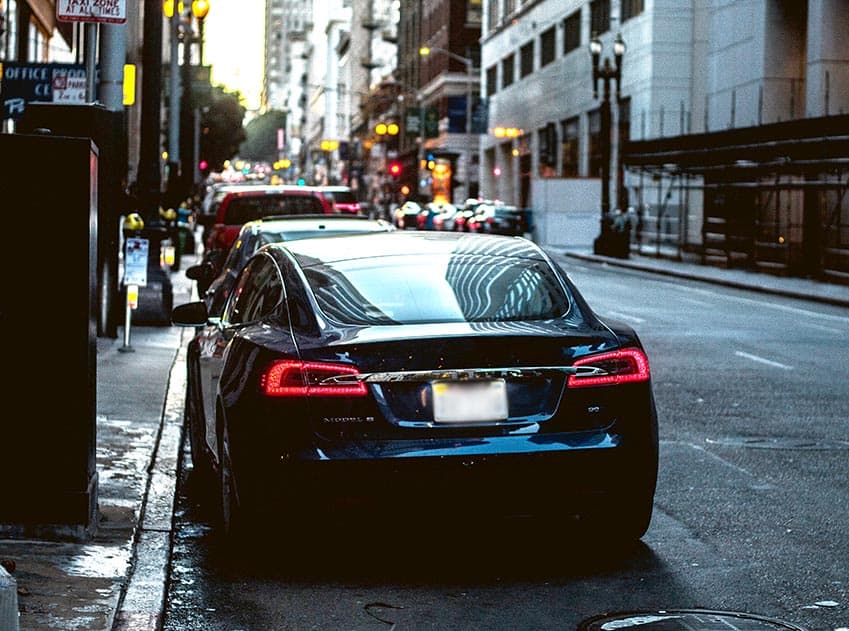
What are the Different Levels of Autonomy?
The National Traffic Safety Administration, commonly known as NHTSA, uses the Society of Automotive Engineer’s six levels of autonomy to classify the levels of automation. The higher the level, the greater the amount of automation. Level 0 is no automation. Level 1 is driver assistance—the driver controls the automobile, but the automobile contains some driving assistance features. Level 2 is partial automation—the automobile has combined automated functions like acceleration and steering, but the driver must remain engaged at all times. Level 3 is conditional automation—the automobile operates without the necessity of a driver, but the driver must be ready to take control if the need arises. Level 4 is high automation—the automobile does not need the driver under certain conditions although the driver may have the option to control the automobile if they choose. And Level 5 is full automation—the automobile does not need the driver under all conditions although the driver may have the option to control the automobile if they choose. An automobile with Level 3 and above automation is considered an autonomous vehicle. Level 1 and 2 automobiles are automobiles equipped with crash avoidance technology.
Who is Liable for an Autonomous Vehicle or Driver-Assistance Technology Accident?
Liability for an autonomous or driver-assistance technology accident will always depend on the specific nature of the case. Julian C. Gomez has been on the forefront of these issues nationally and is believed to be the first attorney to raise liability issues with the National Highway Traffic Safety Administration on behalf of consumer. Julian has worked with Congress and state legislatures to ensure your constitutional right to a jury trial when these technologies fail. Moreover, Julian travels across the country how to handle autonomous vehicle and crash avoidance technology cases. We have taught regulators, politicians, and other attorneys, we have guided them, and can do it for you.
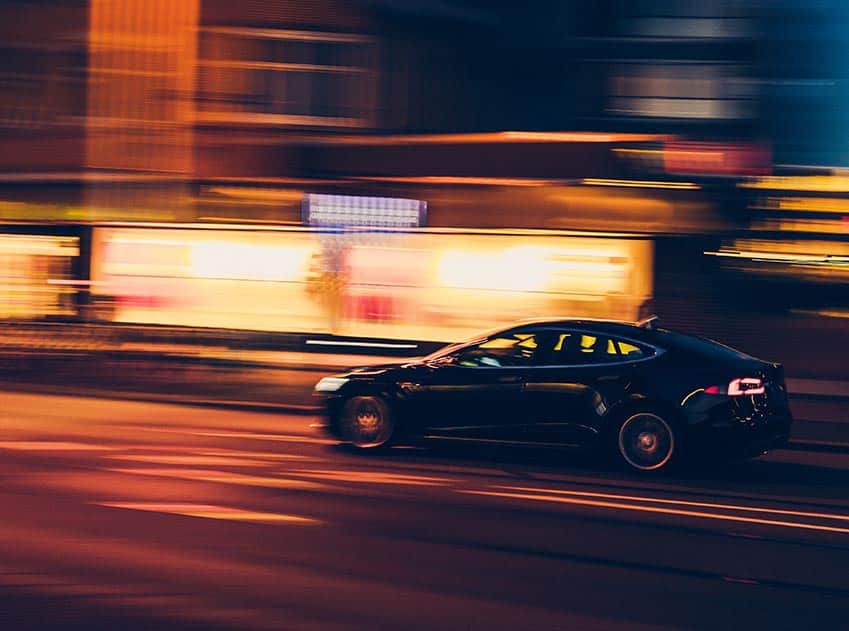

Identifying Defects in Robot Cars
While it is not necessary to be an engineer, computer programmer, or automotive products liability expert to identify a defect, you do need to have a basic working knowledge of products liability legal theories. Products liability focuses on the product and any defect it may have. In most jurisdictions, there are three products liability theories: design defects, manufacturing defects, and marketing defects. A product has a design defect when its specifications or plans are defective. A product has a manufacturing defect when a product is not made or constructed to its specifications or plans. And a product has marketing defect when its warnings or instructions are inadequate. A product may have no defect, a design defect, a manufacturing defect, a marketing defect, or a combination of defects. You also need to have a basic working knowledge of who was sitting where; who was injured; the extent of their injuries; and what happened in the wreck. Often, after an investigation, your initial understanding of these facts may be proven wrong. Causation is an element in each products liability theory. The defect must be the producing cause of the injury. A robot car, autonomous vehicle, semi-autonomous vehicle, or crash avoidance technology may have the most egregious defect. But if that defect did not cause the wreck or injuries, the claim will fail.
With respect to robot car, autonomous vehicle, semi-autonomous vehicle, or crash avoidance technology defects, the focus should be on the details of the wreck itself. The concern is the symptom, not the underlying cause of the symptom. For the foreseeable future, anytime there is a robot car, autonomous vehicle, a semi-autonomous vehicle, or crash avoidance technology involved in a wreck, there is a significant chance that there is a products liability defect in the sensors, cameras, radars, computers, programming, or some combination thereof.
Simply put, if the wreck is a wreck that crash avoidance technologies should have or could have prevented, there may be a defect in the crash avoidance technology or a failure to equip defect. Below is a non-exhaustive list of the current, common feasible crash avoidance technologies.
Forward Collision Avoidance Systems
Forward collision avoidance systems (“FCAS”) are a group of crash avoidance systems that are designed to prevent frontal collisions. FCAS continuously monitors the automobile’s speed relative to the distance between the automobile itself and people or objects outside of the automobile, and other automobiles in front of and to the side of the FCAS-equipped automobile. When the FCAS detects an emergency situation, depending upon the level of autonomy, FCAS should warn the driver, prepare the automobile to stop, slow the automobile, stop the automobile so as to prevent the frontal collision, or a combination thereof. FACS is also implicated in what is commonly referred to as adaptive cruise control, which autonomously speeds up or slows the automobile down to maintain a safe distance between the FACS-equipped automobile and another automobile in front of it. In the end, if a FCAS-equipped automobile is involved in a frontal collision and FCAS did not prevent the collision or a new automobile was not equipped with FCAS, there may be a defect.
Side Collision Avoidance Systems
Side collision avoidance systems (“SCAS”) are a group of crash avoidance systems that are designed to prevent side collisions. SCAS continuously monitors the automobile’s speed relative to the distance between the automobile and outside people or objects, between other automobiles behind and to the side of the SCAS-equipped automobile, and the lane the SCAS automobile is traveling in. When the SCAS detects that another automobile, person, or object coming from behind or beside the automobile is unintentionally or unsafely changing lanes, depending on the level of autonomy, SCAS warns of the approaching automobile, person, or object or impending lane change, adds steering input to assist the driver in keeping the automobile in the correct lane, keeps the automobile in the proper lane without driver assistance, or a combination thereof. If there is a side collision and SCAS did not prevent the crash or a new automobile was not equipped with SCAS, there may be a defect.
Injury Mitigation Systems
Injury mitigation systems (“IMS”) are a group of autonomous features that are designed to diminish physical harm to occupants. IMS continuously monitors the automobile’s speed relative to the distance between the automobile and outside people or objects, other automobiles in front, behind, and to the side of the IMS-equipped automobile, and the lane the IMS automobile is traveling in. When the IMS-equipped automobile decides that a wreck is imminent, IMS prepares the automobile for the wreck by tightening the seatbelts, adjusting the headrests, raising the windows, closing the sunroof, or combinations thereof. If there is a wreck and the injury is the kind IMS could have prevented but did not, or if the automobile was not equipped with IMS, there may be a defect.
Failure to Equip
Defects can happen by commission and omission. When a manufacturer chooses not to equip an automobile with a crash avoidance technology or chooses to make that technology an option, that choice causes injury, and the crash avoidance technology likely would have prevented the injury, a “failure to equip” claim may exist. If the technology is missing and could have prevented the wreck or victim’s injury, there is a chance there is a defect. Failure to equip cases, however, are dependent upon what is state of the art at the time the automobile was manufactured and marketed. It must have been economically and technologically feasible for the manufacturer to have equipped the automobile with the crash avoidance technology. For example, a 1950’s automobile involved in a frontal collision would not be defective for failing to be equipped with forward collision avoidance systems technologies.
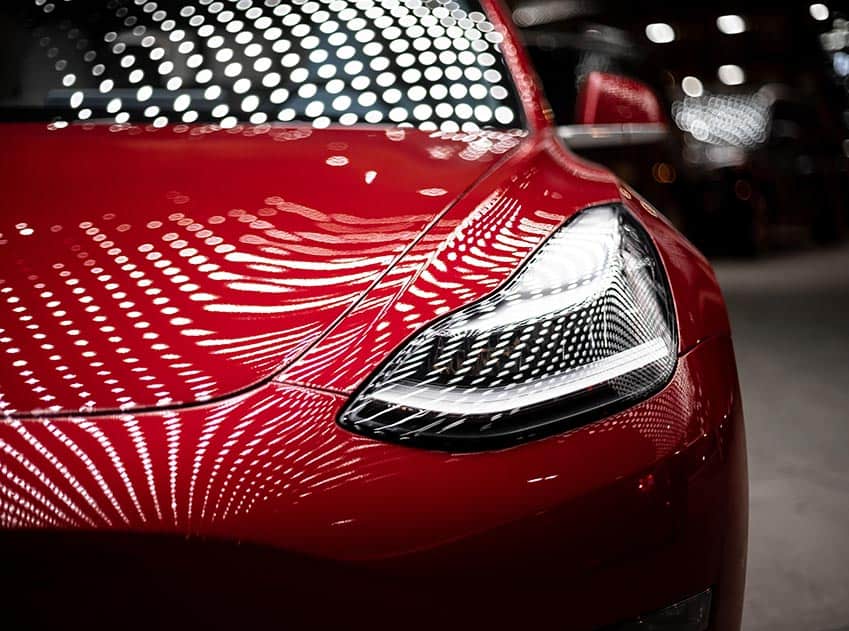
Discuss Your Case With Our McAllen, TX Autonomous Vehicle Accident Attorney Today
At The Julian C. Gomez Law Firm, our Texas car accident lawyer has the skills, experience, and knowledge needed to handle the full range of self-driving vehicle accident cases, including claims involving crash avoidance technologies and driver-assistance technologies. To schedule a free, no obligation review of your case, please contact our legal team today. While our office is located in McAllen, we represent injured victims across the United States.
The Gomez Guarantee
Communication
We’ll value your time, explain the process, and be honest with you to a fault.
Courage
We’ll stand up to the
financially responsible party and not let you be taken advantage of.
Cooperation
We’ll be in this together. We do not get paid unless you are compensated.
Free Case Evaluation
"*" indicates required fields
We Have Netted Our Clients Millions of Dollars
We take on tougher, harder cases that other attorneys have refused to take and put millions in our clients’ pockets doing so.
What Our Clients Say
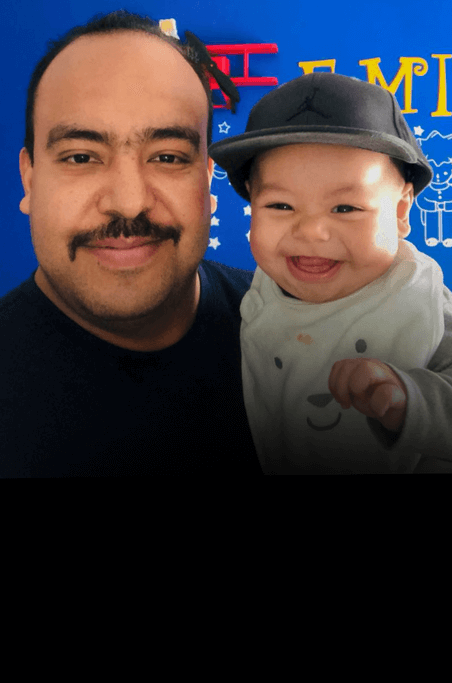
Julian is the best example of what it means to be an excellent attorney. Following an automobile accident in which I lost my entire family, he fought my case and not only won, but was able to get a just compensation. I am very grateful to him and recommend him highly for his honesty and kindness throughout the case.
![]()
Car Accidents
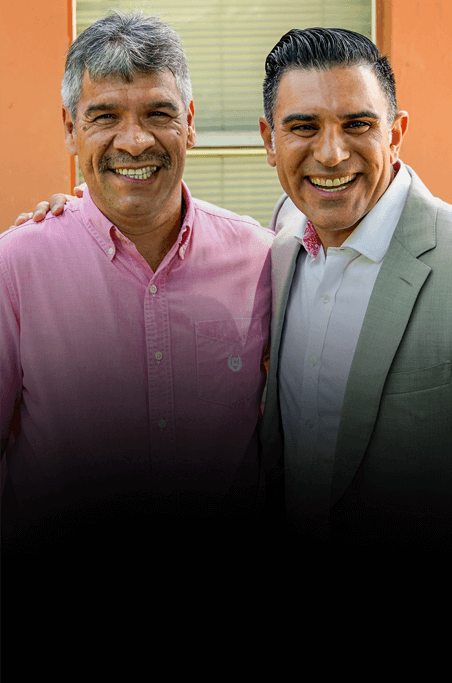
We are very thankful for you. You helped us a lot….You were fair with us and treated us with respect….You treated us like family….I could not ask for more….You really gave me a lot of strength….I would recommend Julian. Good people.
![]()
Catastrophic Personal Injury
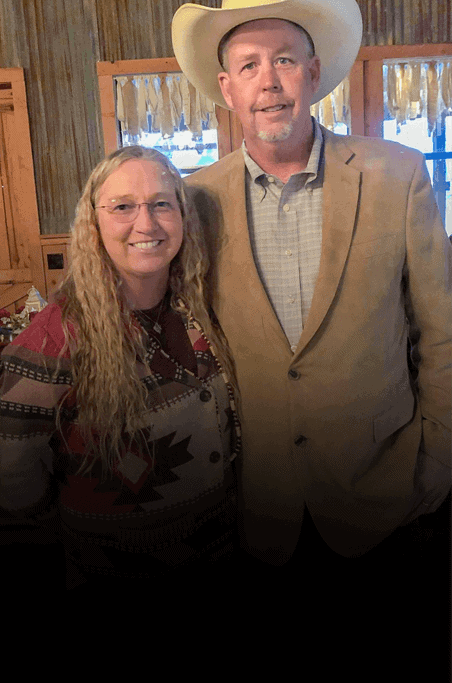
Julian was a great help. He and his team did a wonderful job. I would totally recommend Julian. Without [Julian’s] help, you are not going to get what you deserve…. My life was not looking good…. [Now,] I realize that this is all possible because of what you guys did for me…. God Bless you guys.
![]()
Oilfield Injuries
The Julian C. Gomez Law Firm Process
1
Call Us
We will evaluate your case for free. The no-obligation call is confidential and costs you nothing.
2
Become a Client
In person or online, we will do our best to make becoming a client easy for you.
3
We’ll Go To Work for You
We’ll help you navigate the legal system. We do not get paid unless you are compensated.
Julian Answers Your Personal Injury and Accident Questions
How Do I Know If I Have A Good Case?
No one can promise you that you have a good case. If they do, get it in writing. Because we work on a contingency fee basis—which means that we do not get paid unless you get com pensated—we only handle cases that we believe are economically viable…
How Long Will My Case Take?
Just like every child is different, every case is different. Some cases can take as little as a few weeks, while others can take years, even decades. Unfortunately, there is no simple answer or hard and fast rules…
What If I Can’t Pay for an Attorney Upfront?
To get started, you pay us nothing up front. If we lose, you owe us nothing. We are contingency fee lawyers, which means that we don’t get paid unless we you get compensated for your injury or loss…

